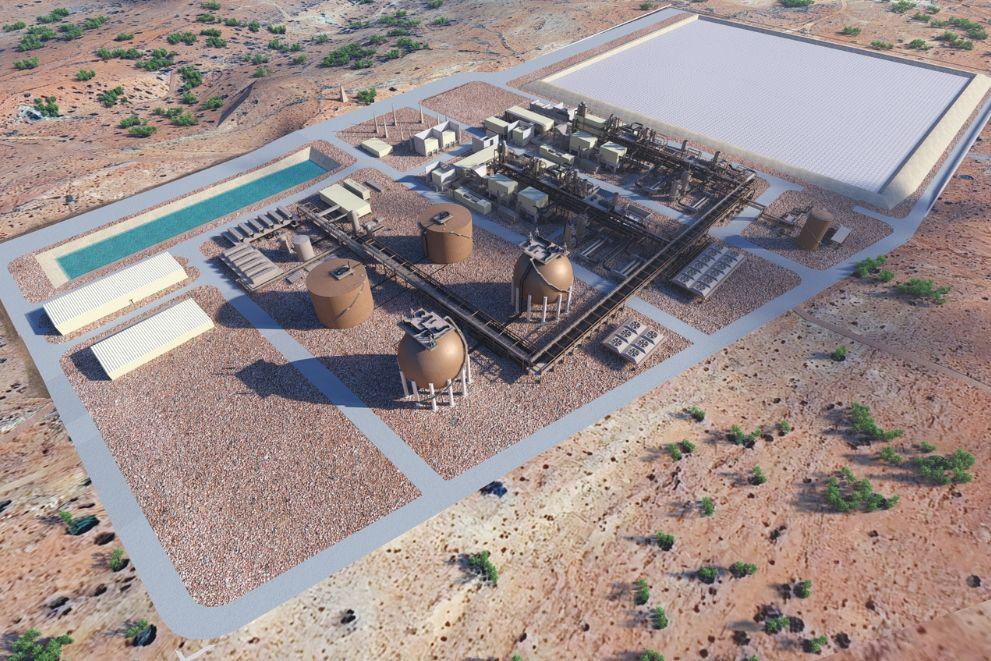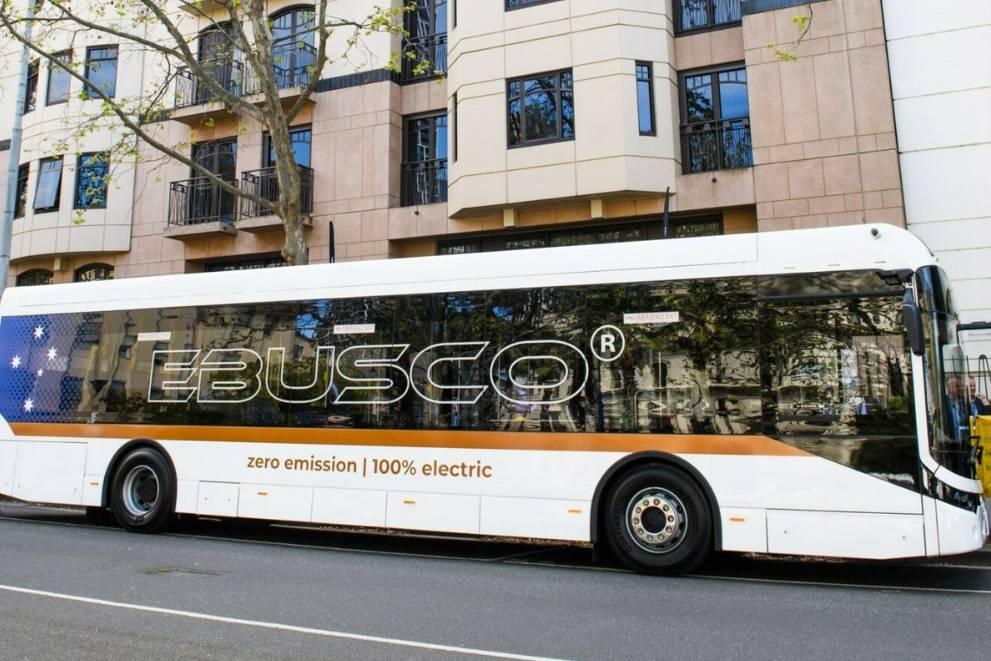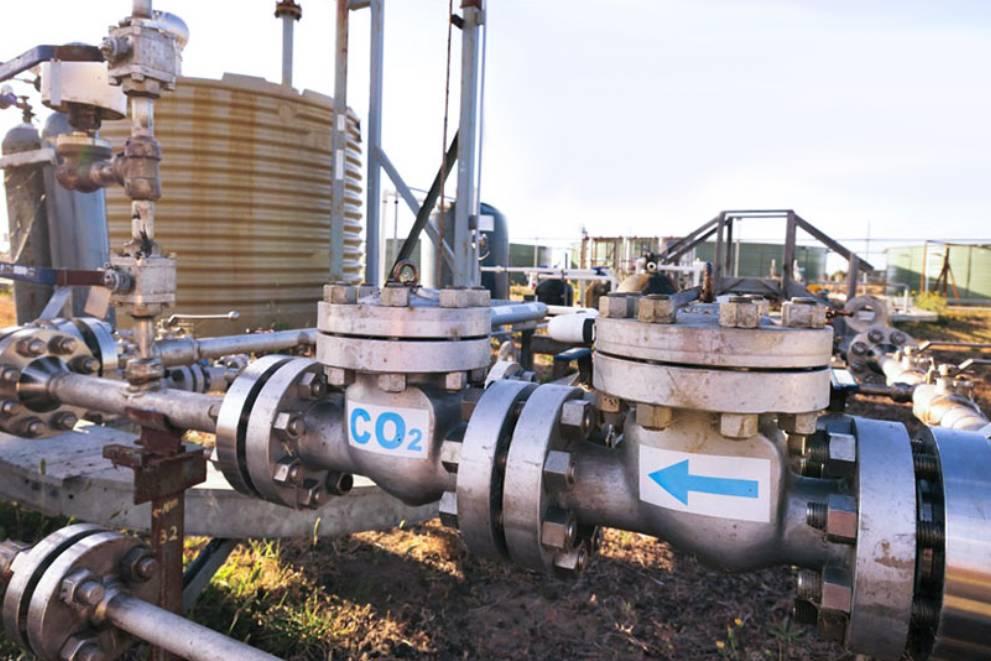Australia is committed to cutting domestic carbon emissions. And we plan to become a major global supplier of renewable energy, ramping up solar, onshore and offshore wind capacity, upgrading our grid and generating export quantities of green hydrogen.
Thinking about entering the Australian market?
- Investors typically establish a new company, register as a foreign company or acquire an existing company. Assess your options with our Investor Guide.
- Austrade is Australia’s national investment promotion agency. We attract and facilitate game-changing foreign direct investment into Australia. Our team of business and investment specialists can connect investors to early-stage opportunities in Australia and provide direct and tailored professional assistance. Find out how we can help.
Australia offers significant potential for renewable energy and broader investment in technology that helps establish a decarbonised economy, thanks to our:
- Abundant natural resources: Sunshine, wind and the critical minerals needed for clean energy technologies from batteries to wind turbines.
- Government net zero commitment backed by supportive policies and funding:
- World-leading innovation ecosystem
Australia is focused on net zero
The Australian Government has made a firm commitment to drive Australia’s transition to net zero.
Australia has enshrined in law its targets of reducing greenhouse gas emissions by 43% from 2005 levels by 2030 and net zero by 2050. It Is taking a whole-of-government approach to drive towards those targets including new funding streams and investment in underpinning infrastructure.
This is backed by an Australian Government investment of $24.9 billion over this decade to deliver climate change and energy transformation priorities, including
- Transforming Australia’s electricity supply to run mainly on renewables
- Supporting the development of new, clean energy industries
- Supporting the decarbonisation of existing industries and transport network
This commitment gives businesses clarity and certainty to invest in new opportunities.
Fast facts
- In 2021, renewables production increased 10 per cent, largely due to the rapid expansion of solar and wind. (Source: Australian Energy Statistics 2022 Energy Update Report).
- In 2021, renewable energy accounted for 29% of Australia’s total electricity generation – the highest on record. Key sources were solar (12% - up 31%), wind (10% - up 19%) and hydro (6%) (Source: Department of Climate Change, Energy, the Environment and Water).
- Australia emissions in the year to June 2022 were 21.6% below emissions in the year to June 2005, the baseline year for Australia’s 2030 target under the Paris Agreement. (Source: National Greenhouse Gas Inventory Quarterly Update: June 2022 - DCCEEW)
- Most of Australia’s energy production is exported. Net exports (exports minus imports) were equal to 70 per cent of production in 2020–21. (Source: Australian Energy Statistics 2022 Energy Update Report).
Incentives, grants, and support
The Australian Government has committed a record of almost A$25 billion Budget to reaching emissions targets through its Powering Australia plan, including funding for projects that unlock opportunities for investors in clean energy and other low-carbon technologies.
- Rewiring the Nation provides A$20 billion in low-cost finance to expand and modernise Australia’s electricity grids to support more renewable power. Our plan will see the portion of renewable energy in our National Electricity Market increase to 82 per cent by 2030.
- The A$1.9 billion Powering the Regions Fund (PRF) will support the decarbonisation of existing industries and the creation of new clean energy industries.
- Up to A$3 billion from the National Reconstruction Fund will support renewables manufacturing and the deployment of low-emissions technologies, including clean energy component manufacturing and hydrogen electrolysers.
- Additional funds for specific clean energy technologies including more than A$525 million investments in regional hydrogen hubs; more than $325m for community solar batteries and banks; up to A$100m in equity to support establishment of a battery manufacturing precinct; and A$500m funding for electric vehicle charging infrastructure and hydrogen highways.
- Supporting policies include:
- The National Energy Transformation Partnership, an agreed national plan between the Commonwealth and state and territory governments to deliver market reforms and support investments in the grid such as large-scale storage and transmission
- A Guarantee of Origin Certificate scheme under development to allow markets to verify and value renewable electricity, hydrogen and green commodities.
- Funding to support the Australian Energy Regulator (AER) to help integrate more renewable energy into the National Electricity Market (NEM)
- The Australian Renewable Energy Agency (ARENA) provides grants for research and development and early-stage commercialisation of low emissions technology and renewable energy projects.
- The Clean Energy Finance Corporation supports energy efficiency, renewable energy and low emissions technology projects through loans and equity investments. This includes the new A$500m Powering Australia Technology Fund focussed on businesses commercialisation.
- Incentives for organisations and individuals to adopt new practices and technologies to reduce their emissions through Australia’s carbon crediting scheme, with over $2.7 billion committed by the Australian Government.
- Financial incentives for renewable energy generation are also available under the Renewable Energy Target scheme, which is administered by the Clean Energy Regulator.
- The Australian Tax Office’s New Investment Engagement Service gives tailored guidance on tax issues to businesses planning significant new investments in Australia.
Benchmark Report 2023: A renewable energy superpower
Join our thriving ecosystem
Australia’s clean energy sector is supported by a vibrant innovation ecosystem, including world-regarded research expertise and dedicated funding and industry bodies.
- The Australian Renewable Energy Agency (ARENA) is an Australian Government body working to accelerate the pace of pre-commercial energy innovation, through funding and knowledge-sharing.
- The Clean Energy Finance Corporation provides loans and equity investments to fill market gaps.
- The Clean Energy Regulator administers emissions reductions schemes.
- The Climate Change Authority advises the government on Australia’s climate change policies and future emissions reduction targets.
- Australia has a vibrant science base, ranking seventh in the world for its clean energy research, according to the Nature Index 2022. Nine of the world’s top 200 institutions are in Australia, including four in the top 100: the University of Wollongong; the University of New South Wales; the University of Queensland; and Monash University.
- Australia’s nation science agency, the Commonwealth Scientific Industrial Research Organisation (CSIRO), runs research centres and provides grant funding supporting low-emissions technologies.
- Its Renewable Energy Innovation Fund (RIEF) Grants Program allows eligible businesses to apply for matched funding between $50K-$300K to undertake renewable energy research, development and innovation projects.
- The CSIRO Energy Centre in Newcastle hosts the solar field and energy research hubs. This includes the Renewable Energy Integration Facility (REIF) which can be accessed by industry to evaluate new grid technologies in a real-world development and testing environment.
- The Earth Systems and Climate Change Hub provides world-class climate change science to Australia’s decision-makers
- The CSIRO Climate Science Centre is a research program that brings together the core of CSIRO's capability in climate modelling and observations of the atmosphere and ocean
- CSIRO’s Towards Net Zero mission is bringing together research, industry, government, and communities to help Australia’s hardest to abate sectors – including steel, sustainable aviation fuel, and agriculture – halve their emissions by 2035.
- Peer networks operating in Australia include:
- the Clean Energy Council, the peak body for the clean energy industry, with members including renewable energy and energy storage businesses.
- the Australian PV Institute (APVI), which promotes photovoltaic solar electricity research, manufacturing, policies and projects.
- Australia’s talent pipeline is supported by a government commitment of over A$100 million to Skilling the Clean Energy Workforce including 10,000 New Energy Apprenticeships.
Circular economy
Australia is forging ahead in the global transition to a circular economy by reducing our waste and putting valuable recycled materials to work.
Critical minerals
From lithium-ion batteries, smartphones, electric vehicles, solar panels, wind turbines and space shuttles, the world needs Australia’s critical minerals to support a net zero clean energy transition.
Grids and storage solutions
With a population spread across our vast continent, our electricity system needs to cover long distances and respond to highly variable loads, making it one of the most innovative in the world when it comes to storage and smart grid technologies.
Hydrogen
Hydrogen is a safe, flexible and clean fuel that can be used to power vehicles, generate electricity and produce heat, all without carbon emissions. Australia’s vision is to be a world leader in hydrogen.
Solar energy
Australia has the highest uptake of household solar in the world – more than 3 million homes now have rooftop solar panels. With 12% of energy supplied to the national electricity market coming from solar, Australia the world’s 7th largest producer of solar energy.
Wind energy
Wind generated more than 11% of electricity in the national electricity market in 2021 with 21 large-scale wind projects under construction across Australia.
Australia's leading role in clean energy and renewables
Success Stories
- Italian company Enel Green Power (EGP) began operating in Australia in 2019 and today runs three solar power plants with further wind and solar plants in development. Total installed capacity of 310MW. It views Australia as one of the best opportunities to build its renewable capacity.
- The Australian arm of global multi-metals manufacturing business Nyrstar is building an electrolysis plant at its Zinc Works operation in Hobart, Tasmania. The A$400 million project has received A$70 million in total funding from the federal and Tasmanian governments.
Connected to global green markets
Australia and Singapore in October 2022 signed a first-of-its kind Green Economy Agreement. Building on the existing substantial bilateral relationship between the two countries, the agreement will help businesses seize economic opportunities presented by the global clean energy transformation. The agreement:
- facilitates trade and investment in green goods and services, including by identifying and reducing non-tariff barriers
- promotes collaboration between Australian and Singaporean businesses to build capability in new green growth sectors
- fosters harmonisation and collaboration on standards and conformance to improve the interoperability of markets.
The Australian Government has allocated A$19.6 million over 4 years for initiatives under the agreement.





